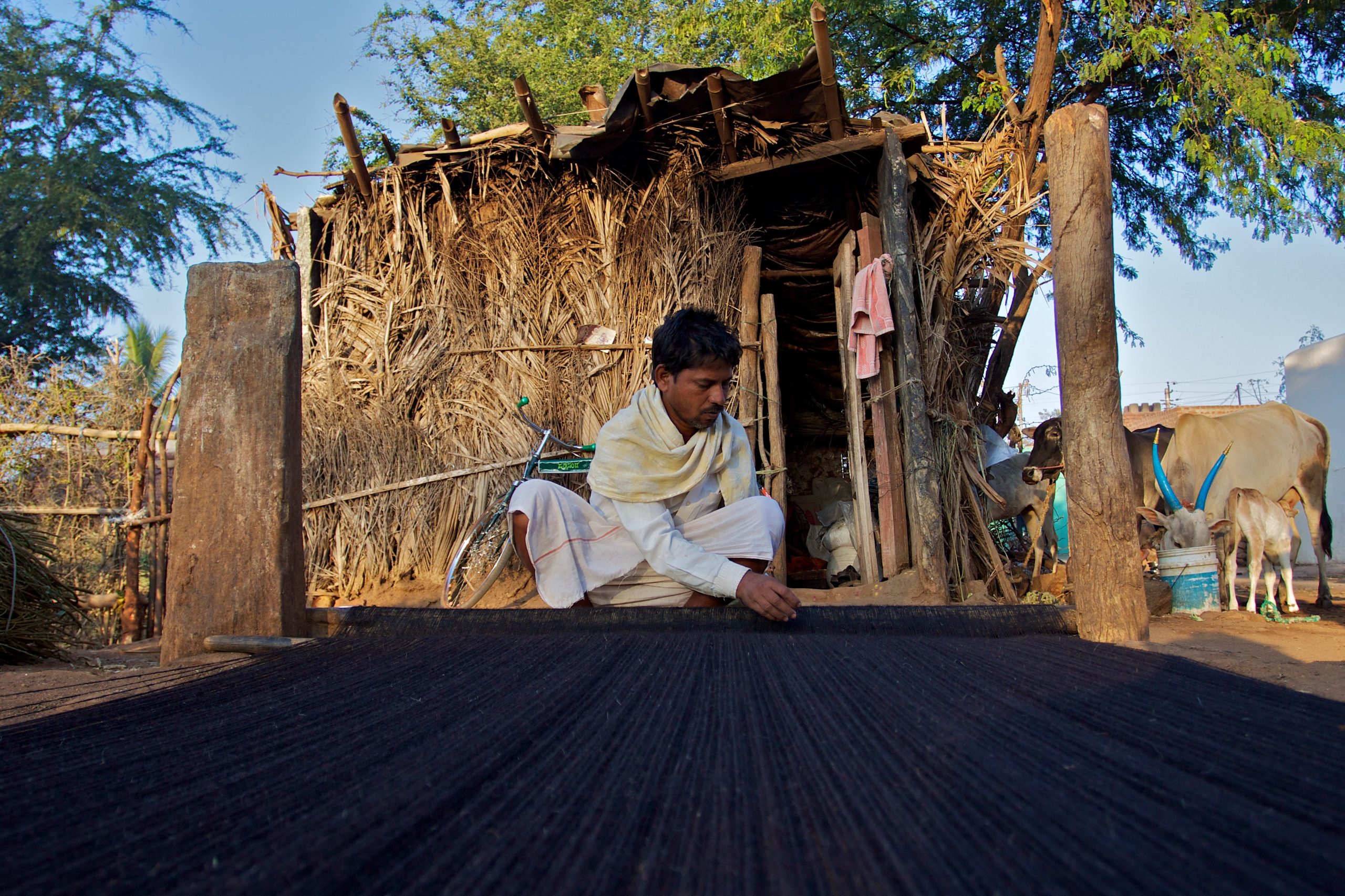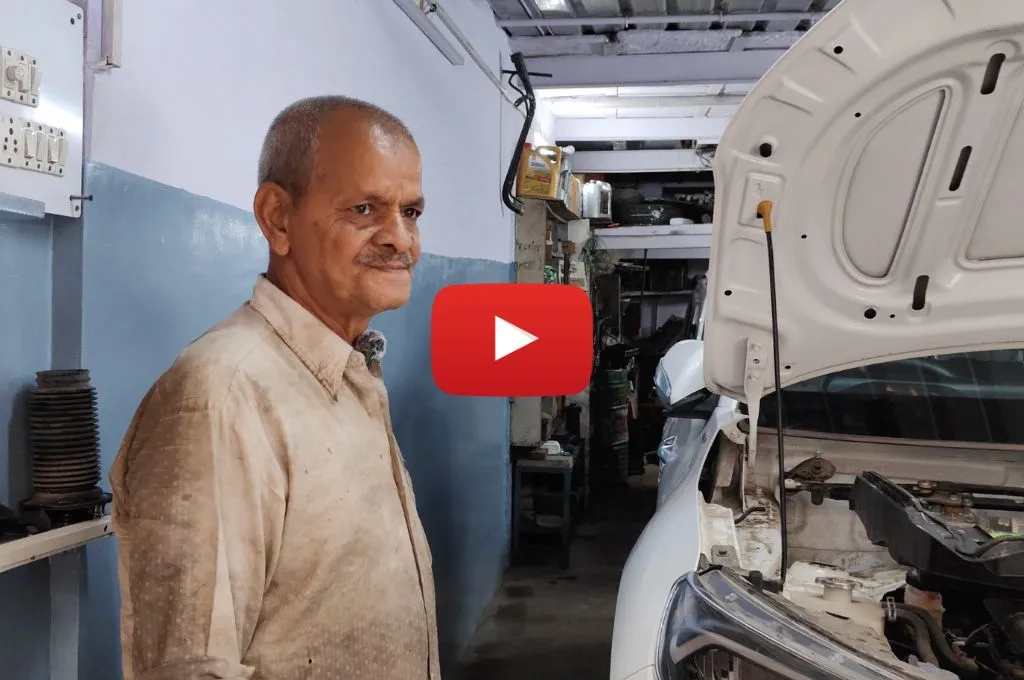In India, livelihood programmes are beginning to be more sustainable in their approach as they work towards poverty reduction. This change is complemented by new types of investors interested in funding livelihood initiatives.
While a large part of funding continues through the traditional public system (central, state, district and local governments, bilateral and multilateral donors, and civil society), increasingly, businesses are entering the sustainable livelihoods funding arena through their sustainability initiatives, supply chain investments, CSRs, and by channelling their monies through philanthropic individuals, family foundations, impact investors, and intermediaries.
Increasingly, businesses are entering the sustainable livelihoods funding arena.
This new crop of social investors play an important role, and each investor group has different expectations related to risk, return, and impact. To better understand each of these investor groups, AVPN, in partnership with Catalyst Foundation released a report that focuses on understanding funder preferences in the livelihood space across programmatic areas, occupations, and communities, and the rationale driving these decisions.
The report was based on a literature review, in-depth interviews with 35 key social investors in the sector, insights gathered from national and regional workshops, as well as some secondary research.
In this report, four groups of investors have been looked at, namely, corporate firms (funding directly through CSR initiatives or channelling funds through their foundations), private and individual foundations, impact investors, and intermediaries.
Below are some highlights from their findings.
Investor preferences and trends in funding approaches
1. Geography: Of the 12 CSRs covered in the study, about 60 percent shared that their work was restricted to their business operation regions—however, while none were exclusively focused on urban areas, 23 percent focused entirely on rural areas.
2. Gender: About 60 percent of investors are gender agnostic. 40 percent have a clear gender lens, with a focus on women. Even among investors who are gender agnostic in their overall approach, about a fifth report that they look for and promote women focus in their programmes. Noticeably, none of the respondents explicitly indicated that their support was directed on the third gender.
3. Target Group: All the investors’ initiatives are for bottom of the pyramid communities—the poor, ultra-poor, socially marginal, and vulnerable communities. Within programmes, most investors look for specific excluded communities like the differently-abled, children, the elderly, and women in difficult circumstances as a cross-cutting focus.
4. Form of livelihood: A majority of the investors preferred a combination of farm, rural non-farm, and urban informal sectors for investing. A few were inclined towards skill development, particularly vocational skill development (e.g. carpentry, construction, stitching, etc). Additionally, some investors aligned their support to their own competency, funding programmes in the area of their expertise.
5. Social group: Most private investors do not emphasise support for specific social groups such as Dalits or Scheduled Castes (SC), Adivasis or Scheduled Tribes (ST), Other Backward Classes (OBC), or religious and linguistic minorities. Their selection is either entrepreneur-centric, where the most capable and committed entrepreneurs are funded, or programme-centric, such as poverty alleviation programmes, which align to their funding objectives or donor mandates.
6. Occupational group: About two-thirds of the investors did not consider the occupation category for their investment, leaving the choice to the need of the beneficiary and the area. However, those investors who showed a preference were keen on supporting agricultural and allied enterprises, skilling for employment, micro enterprises (mostly in the non-farm sector) and buoying artisans working in dying traditional trades such as pottery, weaving, etc.

“Many investors prefer integrated solutions that follow the community empowerment approach” | Photo courtesy: Arjun Swaminathan
Related article: How do you solve a problem like livelihoods?
Programme strategies and approaches supported
1. Skilling, capacity development, and service delivery receive the primary attention: The emphasis on individual capacity development is not surprising, since the very objective of pursuing sustainable livelihood is to build the capabilities of people to earn a living.
2. Integrated solutions are the preferred area of investment: About 40 percent of the investors of different typologies prefer integrated solutions that follow the community empowerment approach. Many investors feel that the absence of proven models is an opportunity to develop models and approaches. They recognise the potential of technology to aid collaboration and integration, and stress the need to strengthen methods to measure progress and impact, and institutional mechanisms for collaborative working.
3. Market-based models and innovations have begun attracting some investment: Most investors see an opportunity for linking to markets, especially in the agriculture sector. However, only about a tenth of the funders currently invest in market-based models—programmes that develop products or services to generate incomes to sustain and scale.
4. There is little interest in supporting rights-based work: Some investors are firmly against promoting rights-based work. Others are not interested in supporting rights-based initiatives as they believe that these tend to be highly sensitive and involve politics and regulatory issues.
5. Small organisational development and innovations are finding a way into the agenda: In complex livelihood programmes, the partner organisations and implementation teams play an important role. There is an overwhelming acknowledgement that capacities of these groups need to be built, but only a few investors have started funding capacities of the implementing partner organisations.
Challenges faced by investors
1. Operating in settings with frequent changes in the government schemes and priorities: Many funders and investors experience discomfort while dealing with changing government schemes and policies. Investors are also asked by the government to work in a specific area, with limited support from the government, leaving the responsibility of resources mobilisation entirely to them.
2. Poor linkages: Investors face trouble in understanding all the different components needed to make an intervention in livelihoods successful, which denies them a holistic view of what’s needed. For instance, the full potential of an intervention in the agricultural livelihoods cannot be achieved without consideration of land and property rights.
3. Addressing the needs of the ultra-poor: The unpredictability relating to culture, climate, and operational challenges experienced by small enterprises who work with rural poor communities is seen by investors as high-risk activities.
Related article: Sustainable livelihoods: Where donors need to focus
Good practices for investors
1. Support strategic organisation building: Operating in parallel to programme implementation of grants, a few of the foundations extend organisational support to their implementing partners, leading to effective programme delivery and organisational readiness to scale-up. Such engagements help both the funders and the implementers to build confidence and trust, co-develop, and deliver impactful programmes and models.
2. Organise periodic gatherings for reflection: Few foundations bring partners, collaborators, and sectoral experts together on an annual basis, offering a platform to share and learn from each other, and helping them identify opportunities to further collaborate and leverage resources.
3. Promote dialogue at higher levels, while engaging at the grassroot level: While working with partners at the grassroot level for in-depth and impactful work, creating a sharing and dialogue mechanism at the state policy level and among partners is an interesting process followed by one of the foundations. Such exchanges help partners engage with others at the state level, develop ideas and solutions to address state specific issues and also share knowledge with the government and build reputation for the work done.
4. Integrate farm and non-farm solutions: Even though most livelihoods programmes treat farm and non-farm initiatives as separate, a few programmes cover both initiatives in an integrated manner. Here, the family is considered as an enterprise, and diversified enterprise solutions are made available to them to improve their income and resilience.
5. Provide holistic and intensive early stage support: Instead of waiting for monitoring of results to identify non-performance or under-performance, many investors proactively offer intense early stage support for programme and organisational development. This enables partners to receive useful support that is relevant to their needs and responsive to field realities.
6. Undertake grant rating and performance linked payouts: A grant rating mechanism is generally followed by many funders. Linking the rating to performance-based payout, followed by one of the foundations, and ideas like these could further be built to create innovative financing products, which are currently very limited in the livelihood sector.
To read the full AVPN report–Sustainable Livelihoods in India–click here.




